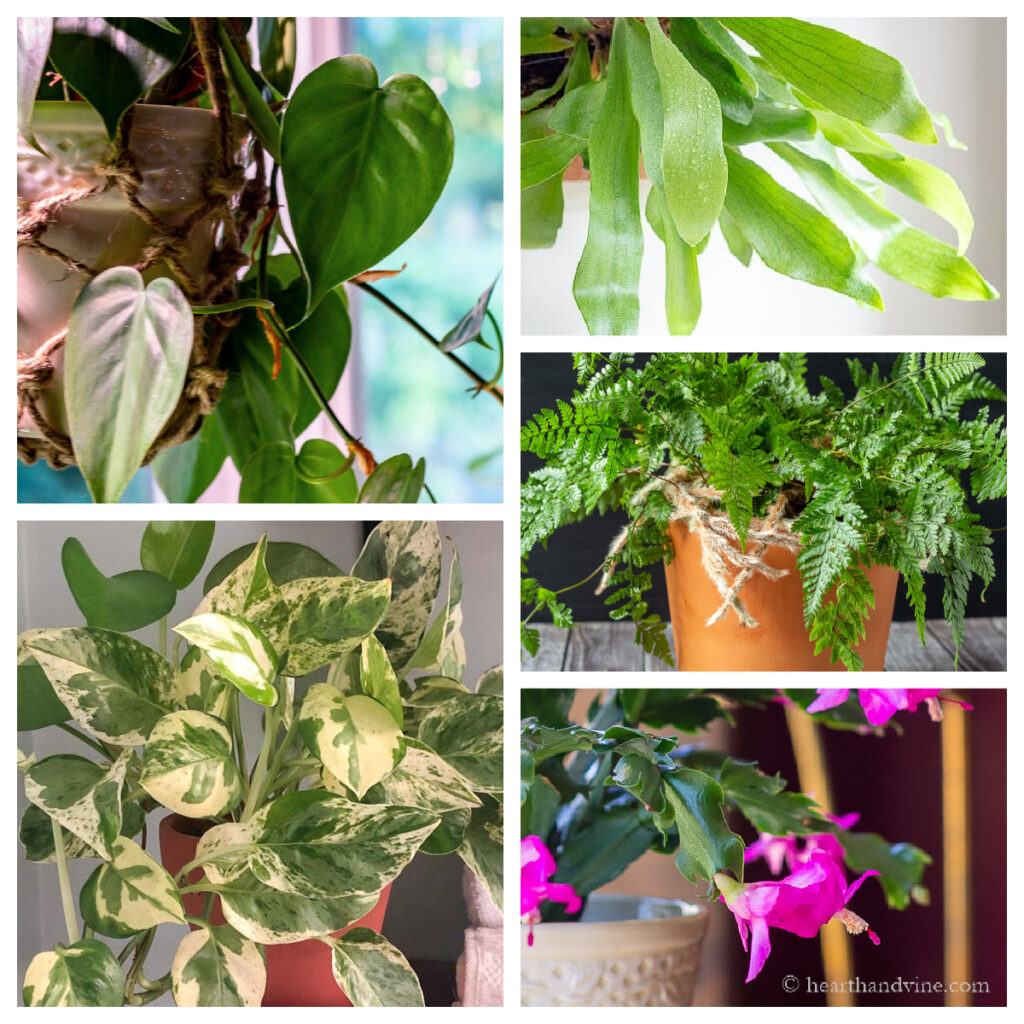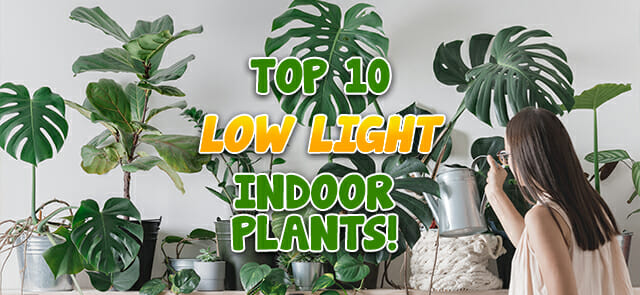A Guide to the Best Low-Light Indoor Plants for Small Spaces
A Guide to the Best Low-Light Indoor Plants for Small Spaces
Blog Article
Discover the very best Low-Light Indoor Plants for Enhancing Your Home Décor
Incorporating low-light interior plants right into your home decor can dramatically enhance both looks and environment, particularly in areas that do not have plentiful all-natural light. Selections such as the Serpent Plant and ZZ Plant not just bring life to lower corners but also contribute to boosted air high quality and general well-being.

Why Choose Low-Light Plants
Why choose low-light plants in your interior rooms? The modern living atmosphere commonly presents difficulties such as restricted natural light, making it tough for standard houseplants to flourish. Low-light plants are especially adapted to endure and prosper in these problems, providing a practical solution for individuals looking for to improve their indoor areas without the included stress of keeping extra light-demanding plants.
Along with their durability, low-light plants add substantially to the visual appeals of a space. Their varied variety of shapes, sizes, and colors enables for special interior decoration opportunities, developing inviting and vibrant atmospheres. Indoor plants are known for their air-purifying top qualities, improving interior air high quality by filtering system toxins and launching oxygen, which can improve overall wellness.
Low-light plants also require very little upkeep, making them specifically attracting active individuals or those brand-new to horticulture. Their adaptability enables placement in different atmospheres, from workplace spaces to poorly lit edges of the home. By choosing low-light plants, you can appreciate the benefits of plant without the constraints that usually accompany typical horticulture, inevitably promoting a much healthier and a lot more aesthetically enticing indoor environment.
Leading Low-Light Indoor Plants
For those looking for to enhance their interior spaces with greenery that thrives in low-light problems, a number of plant alternatives stick out for their durability and aesthetic appeal. The Snake Plant (Sansevieria trifasciata) is a preferred option, known for its upright, sword-like fallen leaves and capability to endure forget. This durable plant can endure in poorly lit locations while enhancing interior air top quality.
An additional exceptional alternative is the Pothos (Epipremnum aureum), identified by its heart-shaped fallen leaves and tracking creeping plants. When put on shelves or hanging baskets., Pothos is not just adaptable to reduced light however also provides a striking visual comparison.
The ZZ Plant (Zamioculcas zamiifolia) is similarly remarkable, flaunting shiny, dark eco-friendly fallen leaves that can brighten up any kind of edge. Its dry spell resistance makes it optimal for busy home owners.
Treatment Tips for Low-Light Plants
Exactly how can you make sure that your low-light indoor plants thrive despite minimal sunlight? Choose the proper potting mix that supplies excellent drainage while keeping moisture. A well-aerated soil, such as a mix of potting dirt and perlite, can assist protect against origin rot.
Watering is vital; low-light plants normally require less frequent watering contrasted to their sun-loving equivalents. Always check the top inch of the soil-- if it feels dry, it's time to water. Beware of overwatering, as this can cause fungal issues and root degeneration.
Feeding low-light plants ought to be done moderately - Best low-light indoor plants. Make use of a balanced, water-soluble fertilizer throughout the growing season, yet remove or lower fertilization in the dormant months
Furthermore, dirt can build up on leaves, preventing photosynthesis. Carefully clean the fallen leaves with a wet cloth to keep them tidy.
Last but not least, observe your plants very closely. Indications of distress, such as yellowing leaves or leggy growth, can indicate that your plant requires changes in treatment (Best low-light indoor plants). By adhering to these care tips, your low-light interior plants can thrive, adding appeal and vitality to your home
Imaginative Ways to Display Plants
Elevating the visual allure of your indoor area can be achieved by attentively presenting your low-light plants in innovative methods. Think about making use of vertical area to your benefit; wall-mounted shelves can display tracking plants like pothos or philodendron, including lushness while conserving floor room. Conversely, utilize plant stands of varying elevations to create visual interest and depth, attracting the eye upwards.
Hanging planters are an additional exceptional option, offering a significant impact when put on hold from the ceiling or hooks. Macramé hangers can present structure and bohemian flair, while contemporary ceramic hangers can fit a minimalist aesthetic. For a much more ingenious technique, repurpose distinct containers such as classic teacups or glass containers, which can include individuality to your screen.
Organizing plants in clusters is additionally efficient; usage differing pot dimensions and colors to produce a cohesive appearance. This technique not just boosts aesthetic impact yet likewise provides an all-natural environment feel - Best low-light indoor plants. Lastly, consider positioning plants near source of lights like lights or windows to maximize their growth and display their vivid foliage, thus improving the overall atmosphere of your indoor setting.
Benefits of Indoor Plant
Countless researches have shown that including interior plant right into your living room offers a wide range of benefits, improving both physical and psychological health. One of the most significant benefits of interior plants is their capacity to enhance air quality. Plants absorb carbon dioxide and release oxygen, producing a healthier environment while additionally removing damaging toxic substances, hence promoting breathing wellness.
Additionally, the presence of greenery has been linked to reduced stress and anxiety degrees. Research suggests that connecting with plants can decrease cortisol levels, which are linked with tension. This relaxing impact can bring about improved state of mind and raised efficiency, making interior plants an optimal enhancement to offices.
In addition, interior plant can improve cognitive feature. Research studies suggest that settings improved with plants can bring about raised focus, creativity, and general psychological clearness. The aesthetic allure of indoor plants additionally adds to a much more welcoming and pleasurable environment, favorably influencing social published here interactions and total fulfillment within an area.
Final Thought

Integrating low-light interior plants into your home decor can dramatically boost both appearances and environment, especially in areas that do not have abundant all-natural light. Selections such as the Serpent Plant and ZZ Plant not just bring life to dim edges however likewise add to enhanced air top quality and general wellness. Interior plants are known for their air-purifying high qualities, boosting interior air top quality by filtering contaminants and releasing oxygen, which can boost overall wellness.
For those looking for to improve their interior areas with plant that thrives in low-light problems, numerous plant options stand out for their strength and aesthetic allure. These durable plants, such as More Info the Serpent Plant and ZZ Plant, prosper in dim conditions and need marginal maintenance, making them appropriate for various way of lives.
Report this page